Why Do Golden Retrievers Faces Turn White? Helps & Guide
Golden Retrievers are beloved for their friendly nature and luscious, golden coats. However, one curious aspect that often captures the attention of pet owners is the gradual transformation of their faces from vibrant gold to a distinguished white. As our furry friends age, this change becomes more noticeable, leaving many wondering about the reasons behind it.
In this article, we’ll embark on a journey to unravel the mystery behind why Golden Retrievers’ faces turn white. From the natural aging process to environmental factors, we’ll explore the various elements that contribute to this unique phenomenon and gain insights into ensuring the well-being of our aging canine companions.
Understanding the Golden Retriever Breed
Golden Retrievers, known for their friendly demeanor and stunning golden coats, hold a special place in the hearts of dog lovers worldwide. To comprehend why their faces may undergo a transformation from vibrant gold to a distinguished white, it’s essential to delve into the characteristics and origins of this beloved breed.
A. Historical Background and Origins:
- Explore the roots of Golden Retrievers, tracing their history to 19th-century Scotland.
- Highlight their purpose as hunting companions, emphasizing their intelligence and versatility.
B. Key Physical Features and Coat Colors:
- Outline the typical physical traits of Golden Retrievers, from their sturdy build to expressive eyes.
- Discuss the range of coat colors, with a focus on the iconic golden hue that defines the breed.

The Aging Process in Golden Retrievers
In this section, we will explore the signs and patterns of aging in these beloved dogs, shedding light on the reasons behind the transformation of their once-vibrant faces.
A. Normal Aging Signs in Dogs:
- Discuss general aging signs commonly observed in dogs, such as reduced energy levels and graying fur.
- Highlight the importance of understanding these signs to provide appropriate care for aging pets.
B. Specific Aging Patterns in Golden Retrievers:
- Explore how Golden Retrievers age, emphasizing changes in behavior, mobility, and overall health.
- Discuss the breed-specific characteristics that may become more prominent with age.
C. The Role of Genetics in the Aging Process:
- Examine the influence of genetics on the aging process of Golden Retrievers.
- Discuss how certain genes may contribute to the development of specific age-related traits.
Melanin and Coat Color Changes
A. Melanin and Its Role:
- Define melanin and its significance in determining coat color in dogs.
- Differentiate between eumelanin and pheomelanin, the two main types of melanin.
B. Factors Influencing Melanin Production:
- Explore genetic factors that influence the production of melanin in Golden Retrievers.
- Discuss how hormonal changes associated with aging can impact melanin production.
C. Age and Melanin Production:
- Examine the correlation between the aging process and changes in melanin production.
- Highlight how variations in melanin levels contribute to the shift in coat color.
Environmental Factors
Sun-Kissed Gold:
Just like our own skin, a Golden Retriever’s coat can tan under the warm caress of the sun. Melanin, that master colorist, gets busy with eumelanin, deepening the golden hues and creating a richer, bronzed look. However, too much sun exposure can also lead to fading and patchy coloring, so moderation is key for maintaining a healthy, vibrant coat.
Seasonal Shimmers:
Ever noticed your Golden sporting a slightly thicker, paler coat in winter? That’s nature’s insulation at work! As temperatures drop, their bodies produce more pheomelanin, resulting in a lighter, fluffier coat that traps heat and keeps them warm. Think of it as their own personal winter wonderland wardrobe.
Diet Delights (and Dilemmas):
While research is still swirling on the exact impact of diet on coat color, some experts believe certain nutrients can influence shades. Omega-3 fatty acids, for example, are thought to boost the vibrancy of the golden hues. However, an unbalanced diet or deficiencies can also lead to dulling or patchy fur.
Consulting a veterinarian or canine nutritionist for a tailored diet can help ensure your Golden’s coat shines at its best.
Location:
Believe it or not, even where you live can play a role in your Golden’s coat color. Minerals and elements present in the local water and soil can subtly influence melanin production, resulting in slight variations in the golden shade from region to region. So, your beachside Golden might sport a slightly lighter coat than his mountain-dwelling cousin another fascinating quirk of this magical breed.
Grooming Practices
Proper Grooming Techniques for Golden Retrievers:
Maintaining the well-being and appearance of a Golden Retriever’s coat involves adopting proper grooming techniques. Regular brushing helps distribute natural oils, preventing matting and promoting a healthy, shiny coat. Paying attention to the ears, paws, and tail is essential, as these areas are prone to dirt and debris buildup.
Maintaining Coat Health to Prevent Premature Graying:
Routine grooming is not just about aesthetics but also plays a role in preventing premature graying of a Golden Retriever’s face. By keeping the coat clean, well-moisturized, and free from tangles, owners contribute to preserving the natural color and texture of their pet’s fur.
Grooming Routines for Different Life Stages:
Grooming needs evolve with a Golden Retriever’s life stages. Puppies require gentler care and introduction to grooming tools, while older dogs may need additional attention to address age-related changes. Tailoring grooming routines to each life stage ensures the comfort and well-being of the pet.
Also Read: Pros And Cons Of Golden Retriever: Helps & Guide
Summary
The changing color of a Golden Retriever’s face is a natural part of their journey through life. Understanding the role of aging, genetics, melanin, and environmental factors provides insight into this unique transformation. By embracing proper grooming practices, a pet owner can contribute to maintaining the vibrancy of their furry friend’s coat.
Each white hair tells a story of shared moments and cherished experiences. So, as our loyal companions gracefully age, let’s appreciate the wisdom and character that comes with those distinguished white faces, continuing to provide them with the love and care they deserve throughout their golden years.



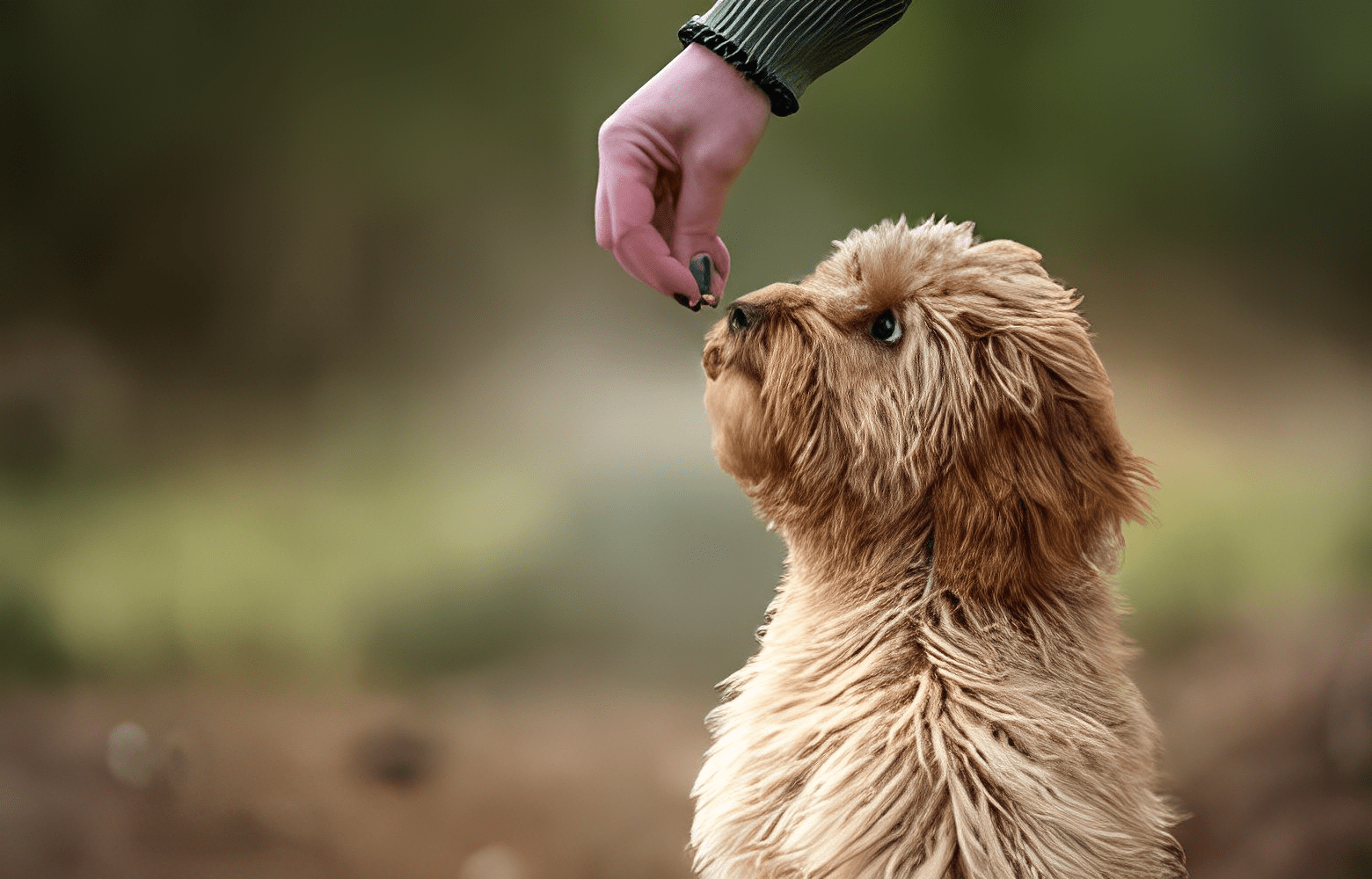

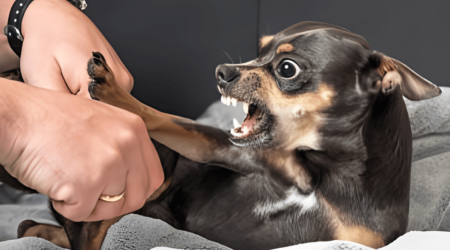
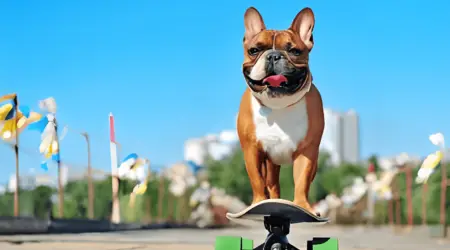
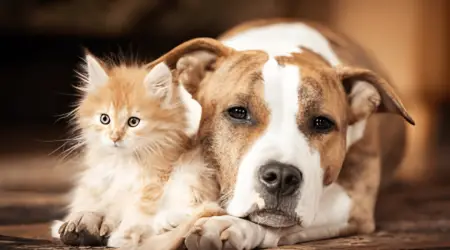

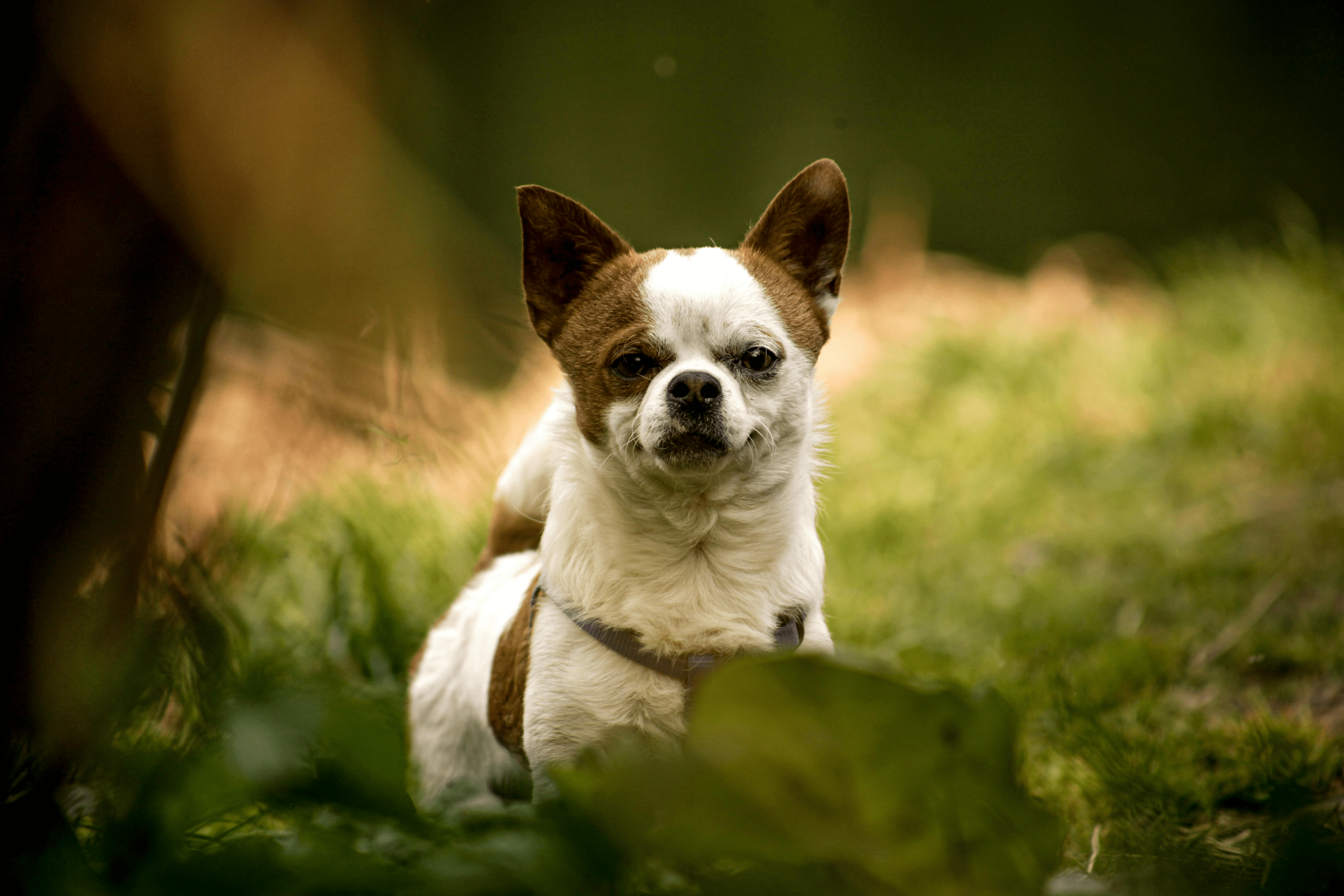


Leave a Reply